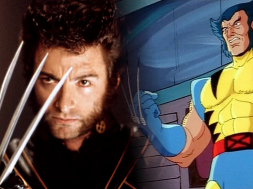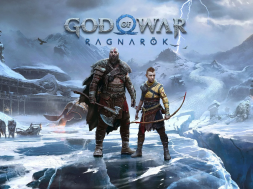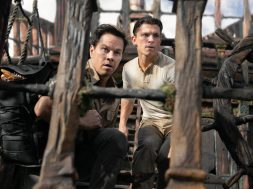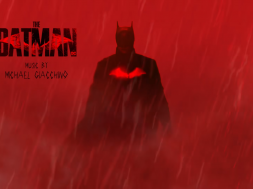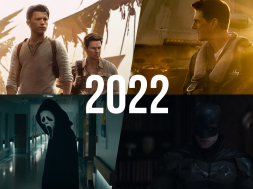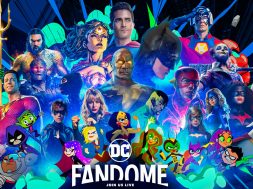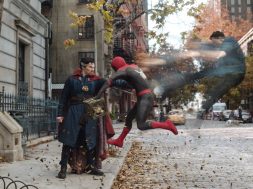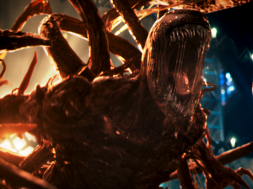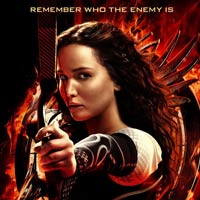
Last time I walked into a screening of The Hunger Games I had no expectations. You may recall I was impressed (click here to see!). Going into the sequel screening my expectations were very different. Fortunately, the verdict is in a similar vein.
 I’ll presume you’re up to speed and start the synopsis where the last film left off. Having been crowned victors of the 74th annual hunger games, Peeta and Katniss. With limited success the film results in the devising of a new type of Hunger Games, the brain child of a new game maker, the enigmatic Plutarch Heavensbee played by Philip Seymour Hoffman. Once again, Katniss is bound for the games where loyalty is as much a mirage to the tributes as the Hunger Games itself a distraction is to the many masses, a contrived measure of control and misdirection. That will do for now.
I’ll presume you’re up to speed and start the synopsis where the last film left off. Having been crowned victors of the 74th annual hunger games, Peeta and Katniss. With limited success the film results in the devising of a new type of Hunger Games, the brain child of a new game maker, the enigmatic Plutarch Heavensbee played by Philip Seymour Hoffman. Once again, Katniss is bound for the games where loyalty is as much a mirage to the tributes as the Hunger Games itself a distraction is to the many masses, a contrived measure of control and misdirection. That will do for now.
 The measure of the films brilliance is that it justifies its errors. Much like its predecessor, The Hunger Games: Catching Fire is a long film. Yet for all the time it takes it never drags and while there are sub-plots a plenty there was never a second of footage that seemed superfluous. Certainly impossible to be bored because it is a film where so much is going on, a feat doubly impressive in light of the second problem. The last film was about a girl running around a forest evading death. The follow up film is about a cohort of people who run around with the same aim. Yet it is not so simple. The last film had a sustained sense of dread born of the capitol’s apathy towards individual suffering. This film depicts a regime and a tournament that are not simply callousness but calculating (or perhaps more accurately a regime and tournament whose calculations are centred more heavily on a single individual).
The measure of the films brilliance is that it justifies its errors. Much like its predecessor, The Hunger Games: Catching Fire is a long film. Yet for all the time it takes it never drags and while there are sub-plots a plenty there was never a second of footage that seemed superfluous. Certainly impossible to be bored because it is a film where so much is going on, a feat doubly impressive in light of the second problem. The last film was about a girl running around a forest evading death. The follow up film is about a cohort of people who run around with the same aim. Yet it is not so simple. The last film had a sustained sense of dread born of the capitol’s apathy towards individual suffering. This film depicts a regime and a tournament that are not simply callousness but calculating (or perhaps more accurately a regime and tournament whose calculations are centred more heavily on a single individual).
The games are designed with a view to discrediting Katniss, following her victory and the cultish of rebellion it generated by victory. This is an intension manifest in the environment itself, never more so than in the Cornucopia pontoon. Put shortly, the emphasis has shifted from indifference to injustice, thereby making the standard “Nah, seen it all before” response difficult. Admittedly these allowances will depend on the good will that an audience brings to the cinema with them, but having been won over by the first film of the series this was no stretch for me.
We have to mention the grotesques. I love the grotesques and I love that they have different purposes. In the case of Caesar Flickerman, the chat show host of the Hunger Games. Caesar represents everything that is wrong with the social divide and the capital itself. Superficially charming and interest, his vacuity is the quintessential expression of the regimes lack of empathy. The great irony of his character is that in a regime that seeks to crush the individual his shallowness is self-serving. Yet because he is such a part of the circus-charade that he is a mere metonym for the whole system of control. The result is that his character, with its civil tongue and tight stretched sneer, is compelling and repulsive, terrifying, in equal measure. It is a credit to the actor Stanley Tucci that he gets the balance so right, he sufficiently charming that you don’t just hating him but enjoy doing so.
Meanwhile Effie Trinket is another story. In fact, as the film progresses we see the mantle crack. Appropriately this comes to head when she presents Peeta with a medallion, a trinket. While formerly her name is a characternym for the materialism of the capitol, the item of jewellery glimmers with portent that will grow throughout. It is through that crack in veneer that the audience begin to glimpse of the humanity that has long been lurking beneath the make-up. More than that, upon seeing her disjointed characterisation you are reminded of the tightrope that Katniss has walked since the first film, as is brilliantly demonstrated by the split photograph poster of the Huntress/Bride. In emulating her protégé one comes close to regarding Effie with something resembling empathy. As ever Elizabeth Banks’ timing is such that Effie injects laughs punctuate the whole film prior to tribute deployment.
Finally the moment cannot pass up without mentioning the chief protagonist and antagonist. Donald Sutherland and Jennifer Lawrence rapport is an impressive spectacle. Much of the credit must go to the writers Michael Arndt and Simon Beaufoy who bring to bear such animated dialogue that reads like a ping pong match. Much like his stooge Flickerman, one cannot help succumbing to the charm of Coriolanus Snow. He is admirable in his wit and wordiness and like any good baddie he does not view himself as such. Sutherland himself has likened the President to an administrator. He acts abhorrently and with complete moral certainty; Katniss is – as the line goes – blessed with a horrible enemy.
In addition to all that, the film is visually stunning, like its hero: gorgeous in a lethal kind of way. It may frustrate some to know the when the action starts it has been a long time coming though I found this contributed to the sense impending doom that gives the film tension. In any case, patience is certainly rewarded and you will the leave the film wanting more (I love puns but hungry for more just seemed too easy there). The best thing about the film is that it does not condescend. It is great for the target demographic audience of 12-15 year olds but it is not a teen flick. I am 22. I came out of the Greenwich Picture House skipping and while the venue the next instalment – Mockingjay Part 1 – may be different I doubtless will skip to that.


